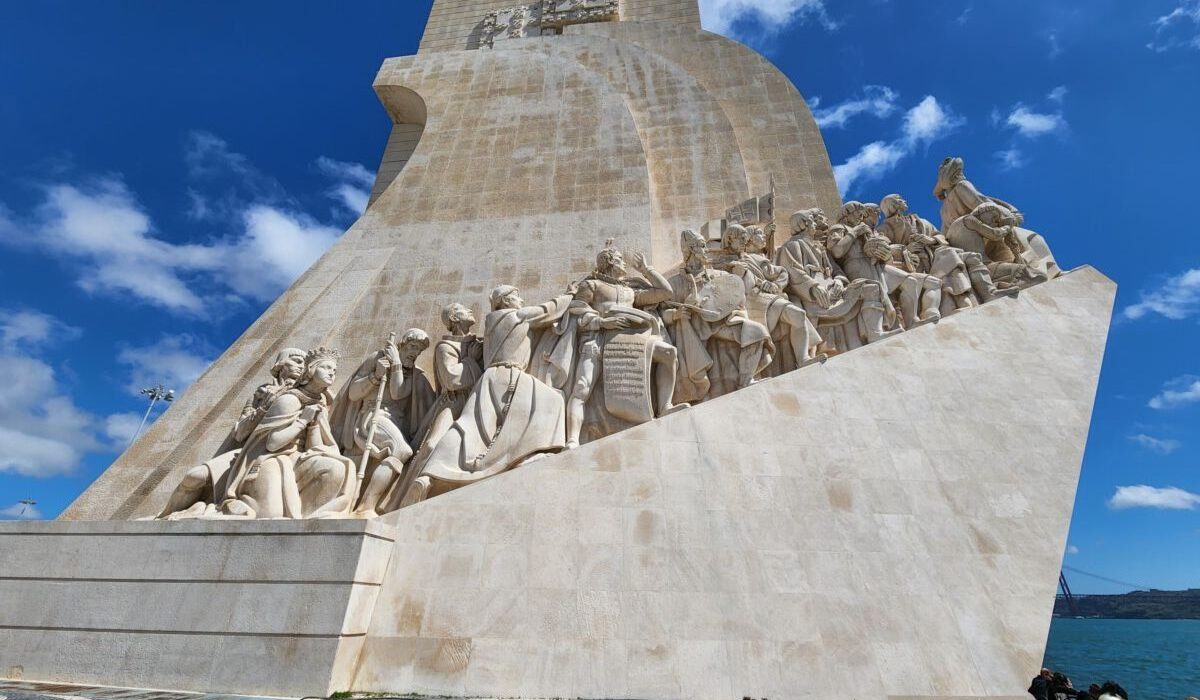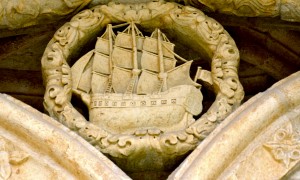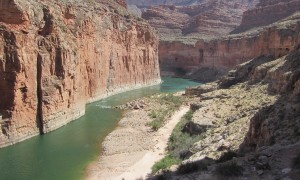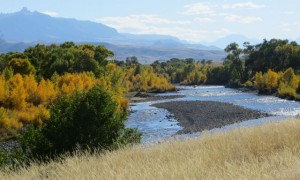by Kate Dernocoeur, guest blogger
As my gateway city to Portugal, Lisbon served (in my mind) only as the place where I would join up with my group. With my attention on the long walk we had ahead, I entered Lisboa, as the locals call it, a bit haphazardly (Lisbon is just the English-language name for it). I quickly realized the error of not doing a bit more research! Headquartered in the famous neighborhood known as Alfama, we found its narrow cobblestoned streets as a warren of intrigue, beckoning us to explore.
As always, I let my feet direct my experience. My friends and I walked the city streets willy-nilly. One nearby sight was the Casa dos Bicos (House of Beaks), a building with a facade formed by 1,125 diamond-shaped spikes. It was the 16th century home of the former viceroy to India, and now houses the José Saramago (winner of the 1998 Nobel Prize in Literature) Foundation.
My delightful but too-brief introduction to this captivating city will surely draw me back someday. Situated on seven hills (as so many famous cities are), Lisboa is chock full of interesting history, beautiful sights, and welcoming people. It is not difficult to imagine intrepid Portuguese crews returning from exploring the seven seas, sailing the 15 miles from the Atlantic Ocean up the broad Tejo River (which nowadays boasts the 10.5 mile Vasco da Gama bridge, the longest in Europe).
Small but mighty, the powerful maritime imperialism of the Portuguese in the 15th to 18th centuries led to control of large areas in (and several islands near) Africa, the Indian sub-continent, and South America. Governed by kings and dictators for centuries, Portugal is now a democratic republic enjoying a free market economy and membership in the EU. These days, it seems to be on nearly every tourist and traveler’s radar. At the risk of causing over-touristing, I have to agree that a visit to Portugal is a good idea.
On our first day, when jetlag was a factor, the six in our party took a break and hired a tuk-tuk for 90 minutes. Our guide showed us some historical attractions. We saw the famous laid-back neighborhood of Belém, and stopped at the Torre de Belém, built in 1519 as a fort to protect Lisboa from raiders and as the last view of land for departing sailors. Not far away is a huge plaza with a 184-foot limestone monument, Padrão dos Descobrimentos. It was inaugurated in 1960 for the 500th anniversary of the death of Prince Henry the Navigator. Inlaid in the plaza are maps of the world noting Portuguese exploration (which captivated this map addict).

On November 1, 1755, Lisboa was shaken, drowned, and then burned in a 7.7 magnitude earthquake followed 40 minutes later by a tsunami that came in three waves, and then a firestorm since just about everyone had candles burning that day in honor of All Saint’s Day. An estimated 30,000-40,000 people, about 10% of the population of 200,000, were killed, and about 85 percent of the city’s buildings and a 70,000-volume royal library were destroyed.
The city was devastated. A must-see Lisboa sight, then, is the Arco da Rua Augusta, built to commemorate the city’s reconstruction after the earthquake, which is adjacent to the Praça do Comércio, described by one source as, “a square to out-pomp them all”! Here, sea captions and their sponsors planned sea voyages and received the goods that were brought home again. In the center of it is a dashing equestrian statue of King Joseph I riding his horse (and unceremoniously wearing a gull on his head when we stopped by).
Our two days were a too-brief education about a fascinating place. There were many “miradouro” viewpoints where we could scan the red-tiled roofs of the city to the river below. One endearing cultural habit is sheathing many exterior walls with beautiful, patterned tiles. A long history of using cobblestones has made these utilitarian features into an enduring form of art as well.
Some missed opportunities that I will see next time (for there will have to be a “next time”!) include Tram 28E (there is a great tram system!), the hilltop Castelo de São Jorge (we went there, but it was too crowded), the Oceanário de Lisboa (the aquarium built for the 1998 World Fair in homage to the bond held by the Portuguese people with the oceans), and, well, so much more. The time in Lisboa was an unanticipated bonus at the beginning of a spectacular trip. Obrigada, Lisboa! Thank you, Lisbon. More to come!

Kate Dernocoeur had a quiet (and healthy, thank goodness) COVID year at home on her rural road in Lowell, Michigan, but is happy to be free again to get out to the wild and beautiful places. This post originally appeared in her blog, “Generally Write” at www.katedernocoeur.com
















